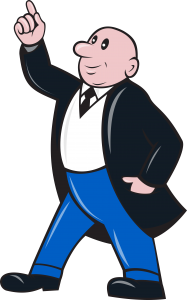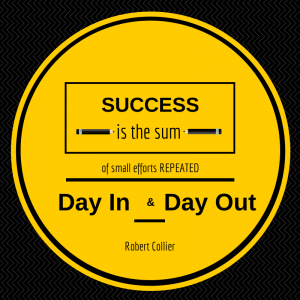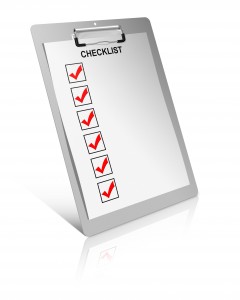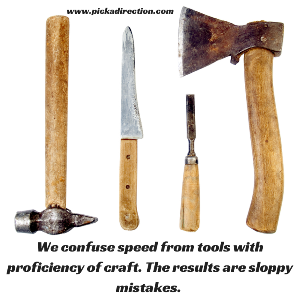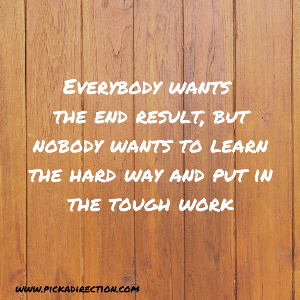“Busy is a trap.”
I heard someone say this on a podcast a few weeks back. Then, this past Sunday, the message at church was about not allowing ourselves to be so busy that we neglect our relationships. A double-dose of this idea, that busy is bad, made me analyze my busy-ness level.
First, it’s important to note that I do not have a full time job. I freelance and I’m in between major projects so my load is lighter than normal. I have things to do every day, but I am not busy. Nor am I terribly productive.
Because nothing is pressing, my days are lazier than normal. I don’t need to be as regimented as I was when I was writing the book because there’s plenty of time to get everything done. I don’t need to plan my meals because there’s no need to save time. I can spend an hour and half on lunch and all my assignments will still be checked off at the end of the day. This leaves me with extra time for wasteful things like social media, projects I’m not excited about, excessive house-cleaning, etc.
In order to stay productive, I need to stay busy.
When you have tasks to accomplish, you stay on track. When there is no agenda, you bounce around aimlessly until something “urgent” comes up and you chase it like a cat chasing a laser pointer. These shiny objects don’t lead anywhere but they give you something to do. When the sun sets, you realize not much was accomplished even if you felt like you were doing something all day.
Be busy to stay productive. This means planning. Many freelancers and small business owners fail because they don’t know how to plan their day. This includes setting objectives and consequences if these tasks aren’t accomplished – just like you would at a job. For example, to combat this unproductive spell, I have front-loaded all my tasks in the morning. I don’t allow myself to eat lunch until all of my daily tasks are done. Even if my afternoon is a waste, my morning was productive. I typically get everything done before distraction sets in; hunger is a strong motivator.
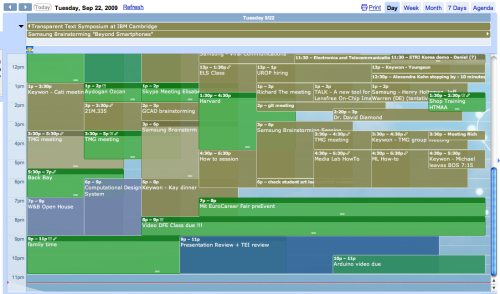
Photo courtesy of jeanbaptisteparis
Be busy to stay productive. This means creating a buffer and prioritizing. If you’re overloaded and your calendar looks like a game of Tetris, be sure to build in buffer. I was unproductive for years. I created massive to-do lists with everything from “Call Reggie” to “Take out the trash” and at the end of the day, my most important job duties, like “Finish forecasting Q1” didn’t get addressed. Because I tried to do everything in a day, I wound up checking off as many things as I could. Many of these tasks were menial, but they added up to a full schedule. This sometimes left me neglecting the duties that were significantly more important than taking out the trash.
Be busy to stay productive, but not too busy. If you’re overloaded, find space in your schedule and say, “NO” a few times. If you’re underloaded, look for ways to give yourself deadlines or consequences so you stay on track. There is no perfect answer for how much work is right, each person has their own threshold. One thing’s for sure, it’s not on the extreme end of the spectrum.

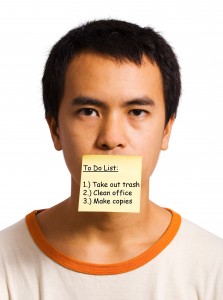 As you get a list of tasks together, it can be refined and tweaked later. Most importantly, it can be lengthened!
As you get a list of tasks together, it can be refined and tweaked later. Most importantly, it can be lengthened!
